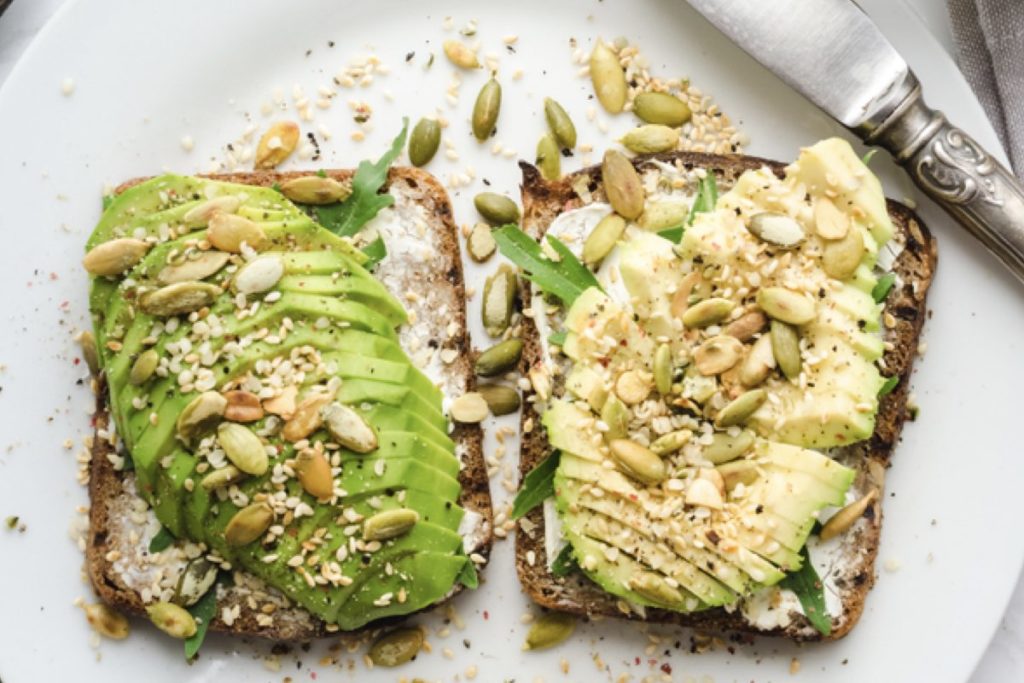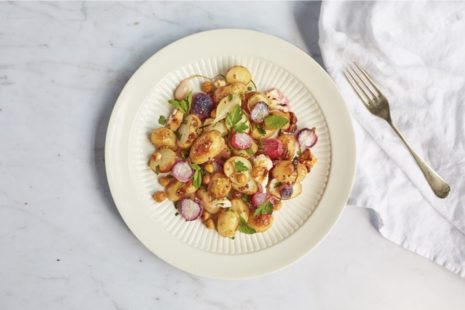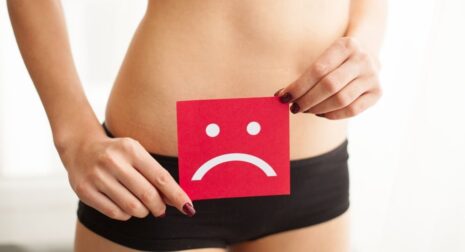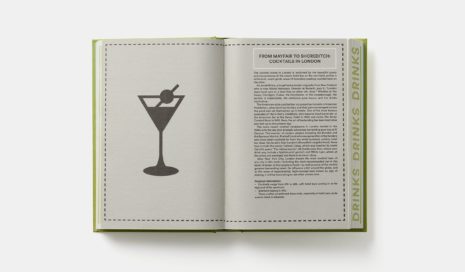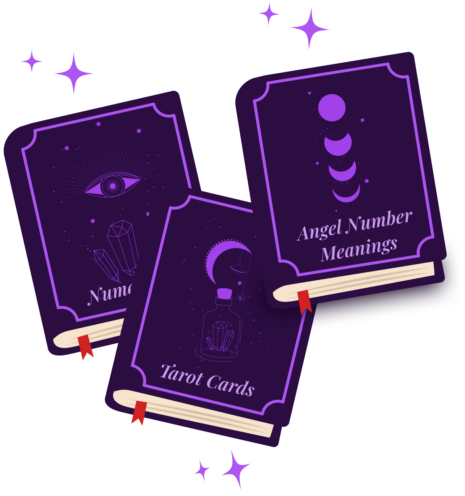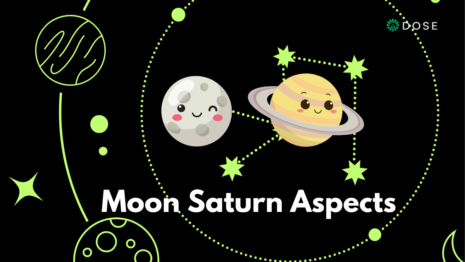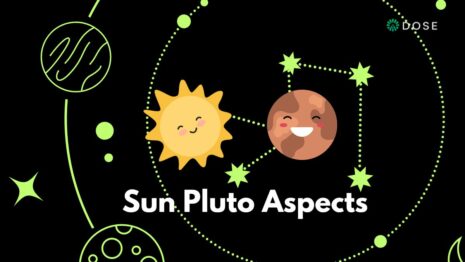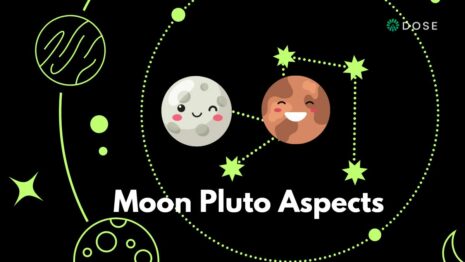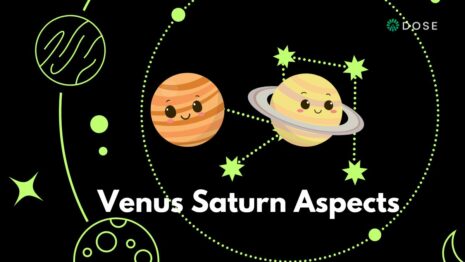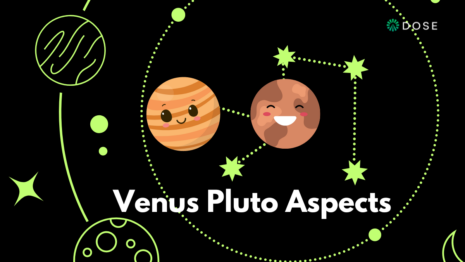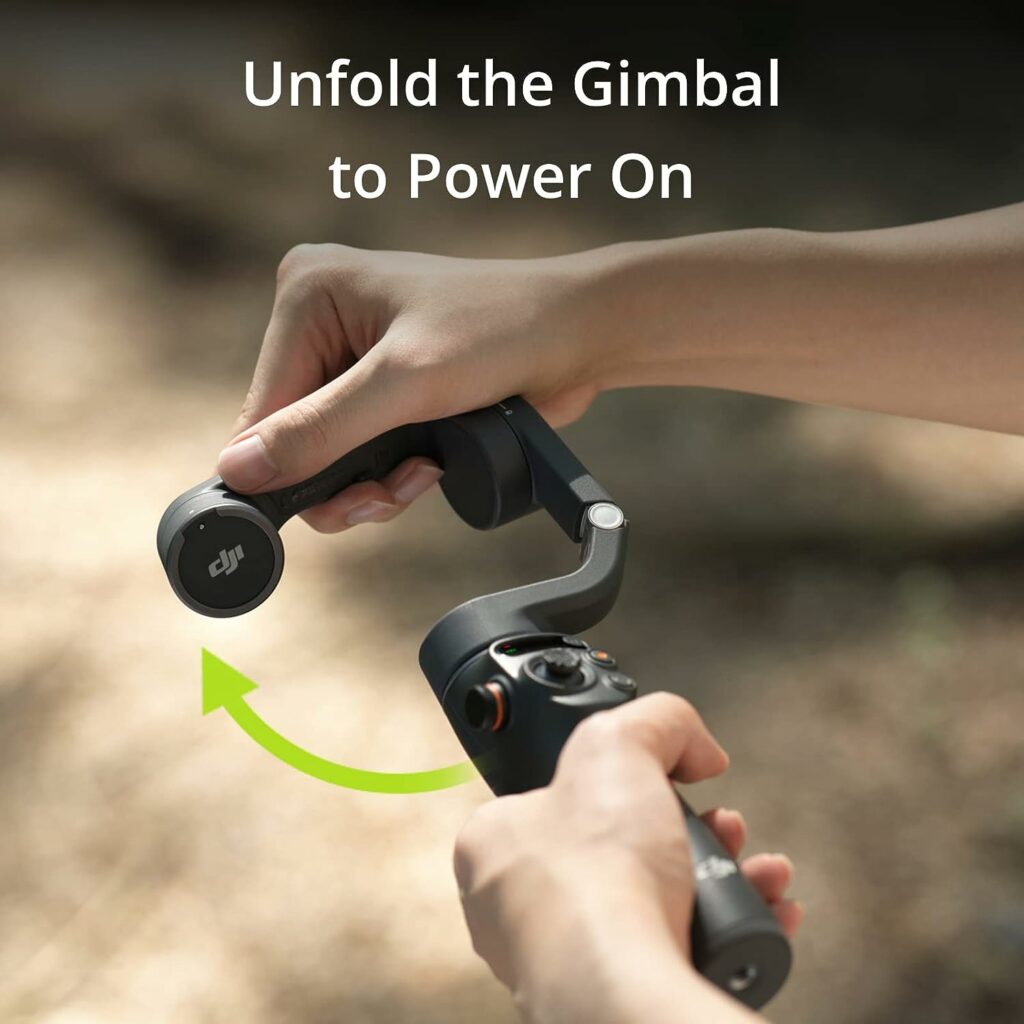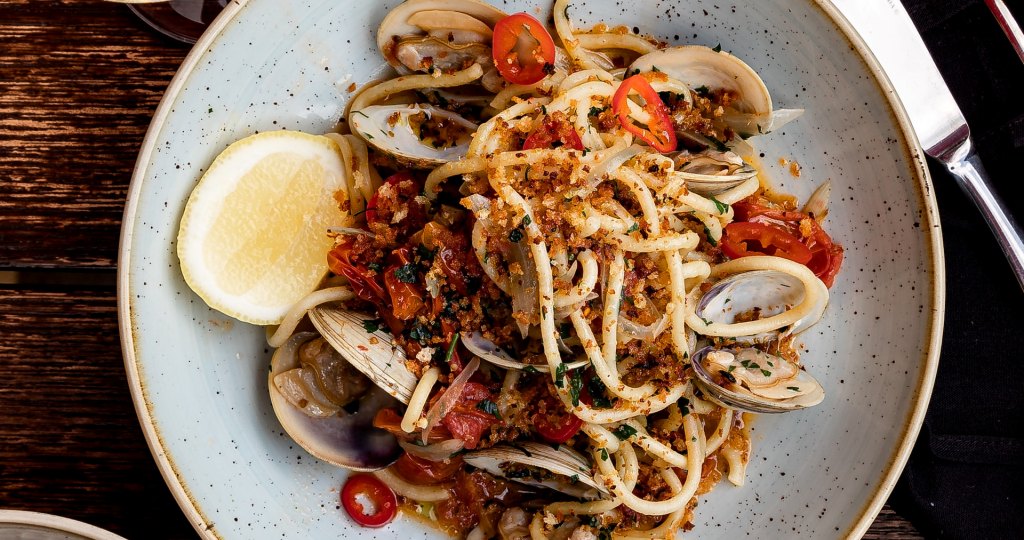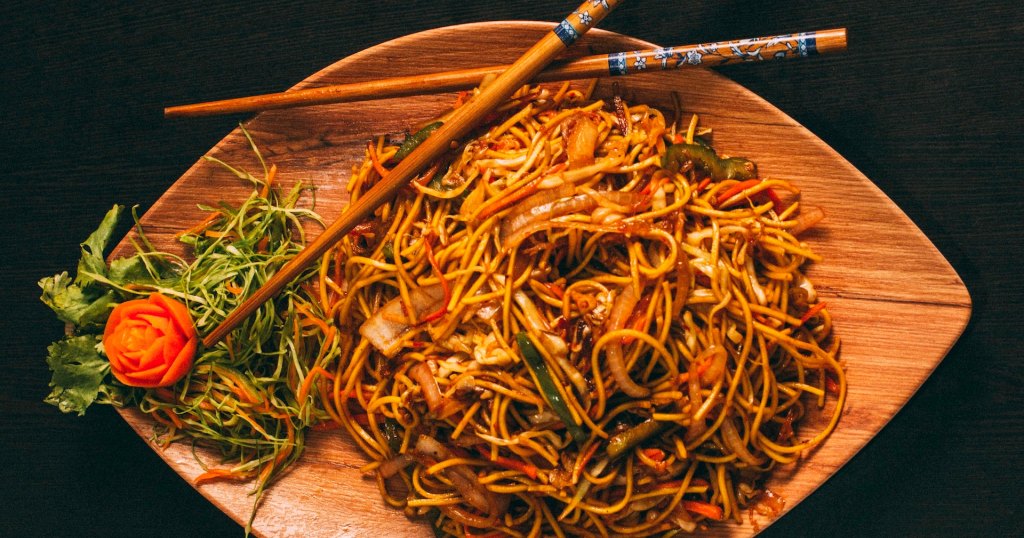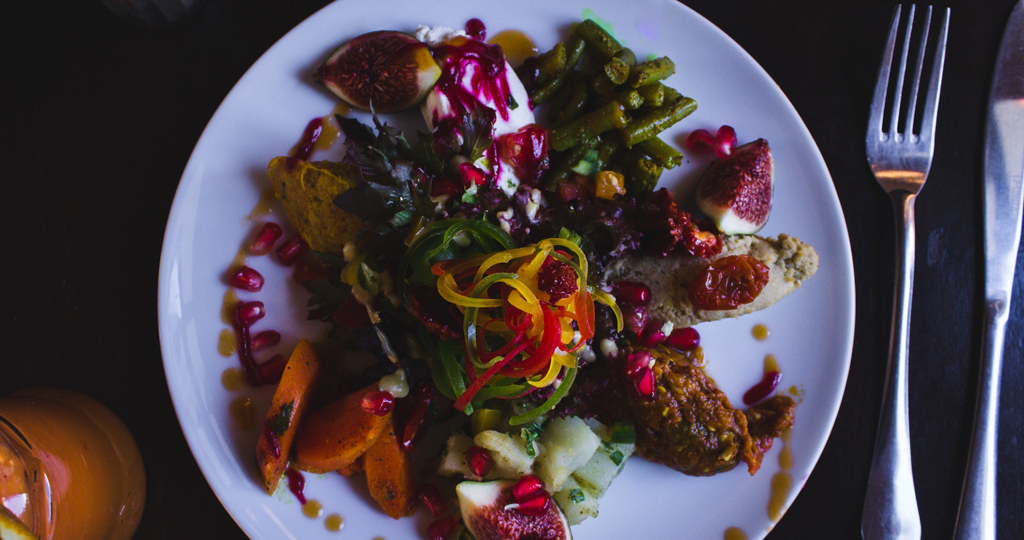For the uninitiated, seed cycling is the process of balancing your hormones through seeds. Doing so can help with symptoms at various times of your cycle.
What is seed cycling?
Lola Ross is nutritionist and co-founder of Moody Month. “Seed cycling is a naturopathic nutritional approach to supporting female hormone cycle health. By eating specific seeds, in specific quantities, at particular phases of your menstrual cycle, you can encourage healthy hormone production, activity and efficient detoxification – for a more harmonious cycle,” she says.
Vera Martins is a naturopath and herbalist. “In a perfectly healthy woman, the oestrogen/progesterone balance will happen naturally throughout the cycle. Unfortunately, this is not such a common scenario in today’s world, where stress, environmental toxins, food additives, digestive issues, food intolerances, and excessive consumption of alcohol and coffee can disrupt this balance. That is why seed cycling can be such a great hormone-balancing tool, easily added to your diet. It’s simple, gentle on the body, non-invasive, and cheap (and delicious too),” she says.
Where did the idea come from?
“A lot of the advice around health and wellness has come from the east, where they practiced these methods for thousands of years! Seed cycling was referenced in a Chinese text called ‘ five- seed Progeny Pill’ which talked about using seeds for infertility,” says nutritional therapist Angela Heap.
How do we do it?
So, our cycle is divided into two key phases. The first is follicular, which is days 1-14 of a 28 day cycle. During this time, we want to boost oestrogen. In the second phase, the luteal phase, days 15-28, once we have ovulated, increasing progesterone levels becomes important. Nutrients found in seeds can help boost these hormones at specific times.
“During the follicular phase, if you have a menstrual bleed, begin your seed cycling on day 1 of your period. Flaxseeds are one of the richest sources of lignans, a polyphenol, which can which weakly bind to oestrogen receptors and support healthy oestrogen/ progesterone ratios. Pumpkin seeds contain useful levels of zinc for progesterone production and can contribute to more balanced moods,” Lola says. Try a daily 1-2tbs of flaxseed and pumpkin seeds.
During the luteal phase, “sesame seeds also contain high levels of lignans and can help to detoxify excess oestrogen from the body. Excess oestrogen can lead to oestrogen dominant conditions. These include PMS, anxiety, acne and mood shifts. Eating sunflower seeds at this time is all about benefiting from their rich magnesium, B6 and vitamin E content. These nutrients can help to reduce cycle-associated pain like cramps, migraine, and breast tenderness and manage mood shifts,” Lola says. Focus on 1-2tbs daily of sunflower and sesame seeds.
How to eat the seeds
“Stock up on fresh, un-milled sunflower, sesame, pumpkin and flax seeds. Store them in the glass containers in the fridge so that they are plastic free and essential fats are kept stable. As you need them, you can mill your seeds in a grinder or add them to your foods whole,” Lola says.
Ideally, seeds would be eaten raw – you could always try blending them into smoothies or sprinkling on salads.
“You can eat seeds by themselves or add them to your everyday dishes such as overnight-oat breakfasts, homemade seed butters, salads and soups, baking or smoothies,” says Lola.
Why should women seed cycle?
“The purpose of seed cycling is about supporting your hormones with the seed nutrients that are beneficial to hormone function. The seeds provide your body with useful amounts of fibre, vitamins, minerals and fatty acids, which can support the production, activity and removal of used hormones at the different stages of the cycle,” Lola says.
Who should seed cycle?
“If you are suffering from PMS, cramps, acne and irregular cycles it might be safe to say you have in imbalance between oestrogen and progesterone, in which case seed cycling maybe just what you need,” Angela says.
“It can also be used by peri- and postmenopausal women by starting at any day and following the same two-week rotation plan. Because both levels of oestrogen and progesterone naturally decline during menopause, seed cycling can be an extra support to alleviate symptoms associated with lower hormone levels. In addition, it can minimise the impact of hormone fluctuations, particularly in peri-menopause. Women report reduced hot flashes, better energy, better sleep and reduced mood swings. Women experiencing amenorrhea (absence of periods) can also benefit from seed cycling by starting at any time,” Vera says.
Are there any downsides?
“A downside could be someone taking seed cycling too strictly and relying on it exclusively as a tool for balancing hormones. As with any diet, therapy or health protocol, balance is key. Seed cycling should only be done as part of a more comprehensive protocol to regulate your hormones. It is not a substitute for a healthy diet and lifestyle,” Vera says.
“If you have healthy cycles you may not need to use this method. If you are on the oral contraceptive pill, you don’t have a cycle as the pill maintains a constant level of hormone throughout the month, However it’s a great way to support extra fatty acid and also your detox pathways and elimination, so why not! If your cycles are pretty regular without any major issues I would still suggest using seed cycling a few times a year for a bit of a ‘ re-boot’” Angela says.
She continues, “scientifically speaking, although it is good to add seeds to the diet as they contain monounsaturated fats, fibre and some protein, It is difficult to say how much we each woman needs as everyone is different. If you have high Sex Hormone Binding Globulin a hormone indicating inflammation in the body, flax isn’t something I would suggest. But in general I would say it is better to add seeds to your diet due to the seeds high lignans and fibre content.”
Things to bear in mind
Seed cycling is not underpinned by clinical research, but “we do know that these seeds are nutrient powerhouses. Positive observational studies and self-reports around seed cycling make it an interesting natural cycle support,” Lola says. Also, she continues, ensure your seeds are fresh. “There will be less chance of mycoestrogen load – these are moulds that can mimic oestrogen and potential endocrine disruptors,”
Also, seed cycling isn’t an overnight cure. “A seed-cycling protocol should be followed for at least 3 months for optimal results,” Vera says.
It’s super interesting and a lot to take in – literal food for thought.
Get your weekly DOSE fix here: SIGN UP FOR OUR NEWSLETTER
Main image: Shuttershock
